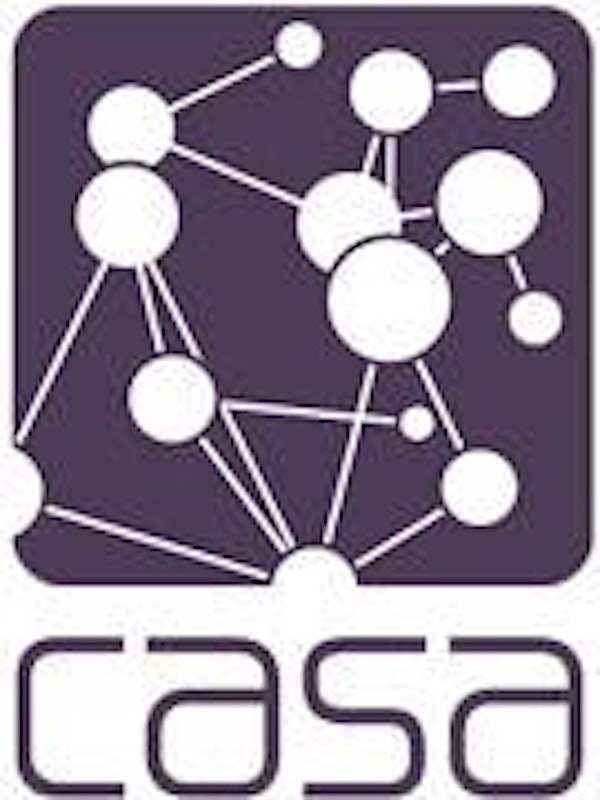
Neuroscience meets Architecture: A design research on the relationship of characteristics of space and the enriched environment - Vasiliki Kondyli
Date and time
Location
Room G23
Pearson (North East Entrance) Building University College London London WC1E 6BT United KingdomDescription
Neuroscience meets Architecture: A design research on the relationship of characteristics of space and the enriched environment - Vasiliki Kondyli
Location: Pearson (North East Entrance) Building - Room G23
Abstract
Environmental enrichment is associated with stimulation of the brain by its physical and social surroundings. Creating environments that stimulate and enhance human perception and skills, falls within the professional agenda of both practicing and academically oriented architects. Neuroscience has provided evidence that the environment not only has a basic role in neuronal processing of perception but it also can enhance this process. We aspire that design can be a tool to examine a number of different enriched environments, as we seek to demonstrate its influence in specific brain areas. Sensory, cognitive and motor stimulation through interaction with the environment has a key role in refining the neuronal circuitry required for normal brain function of all ages. An urban project based on these thoughts, constitutes an experiment in applying an enriched environment in a real city context, the city of Patras.
Vasiliki obtained her Diploma in Architecture Engineering, in University of Patras Department Of Architecture, Greece with honors. In her graduation research, she delved into topics of perception theories and relevant studies in neuroscience research as well as in experimental research on the perception of space. Towards this effort she was advised by acclaimed researchers in the field, like Dr R. Coyne, P.Mauros, R. Dooley and N.Upali form ANFA (Academy of Neuroscience for Architecture) who initiated her to the prospects of this new field of cooperation between neuroscience and architecture.